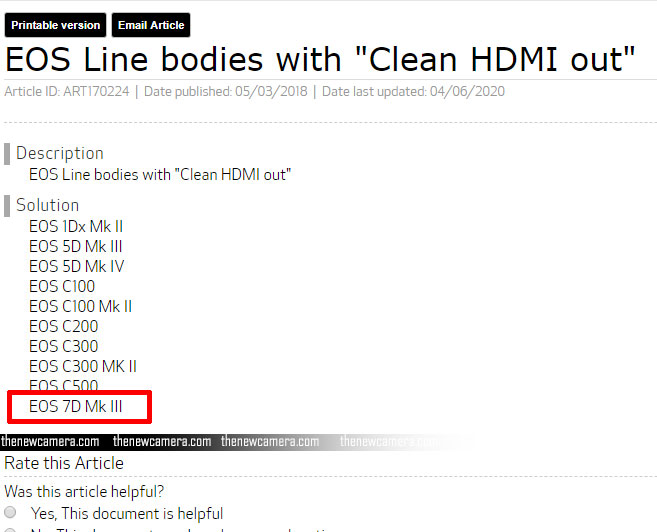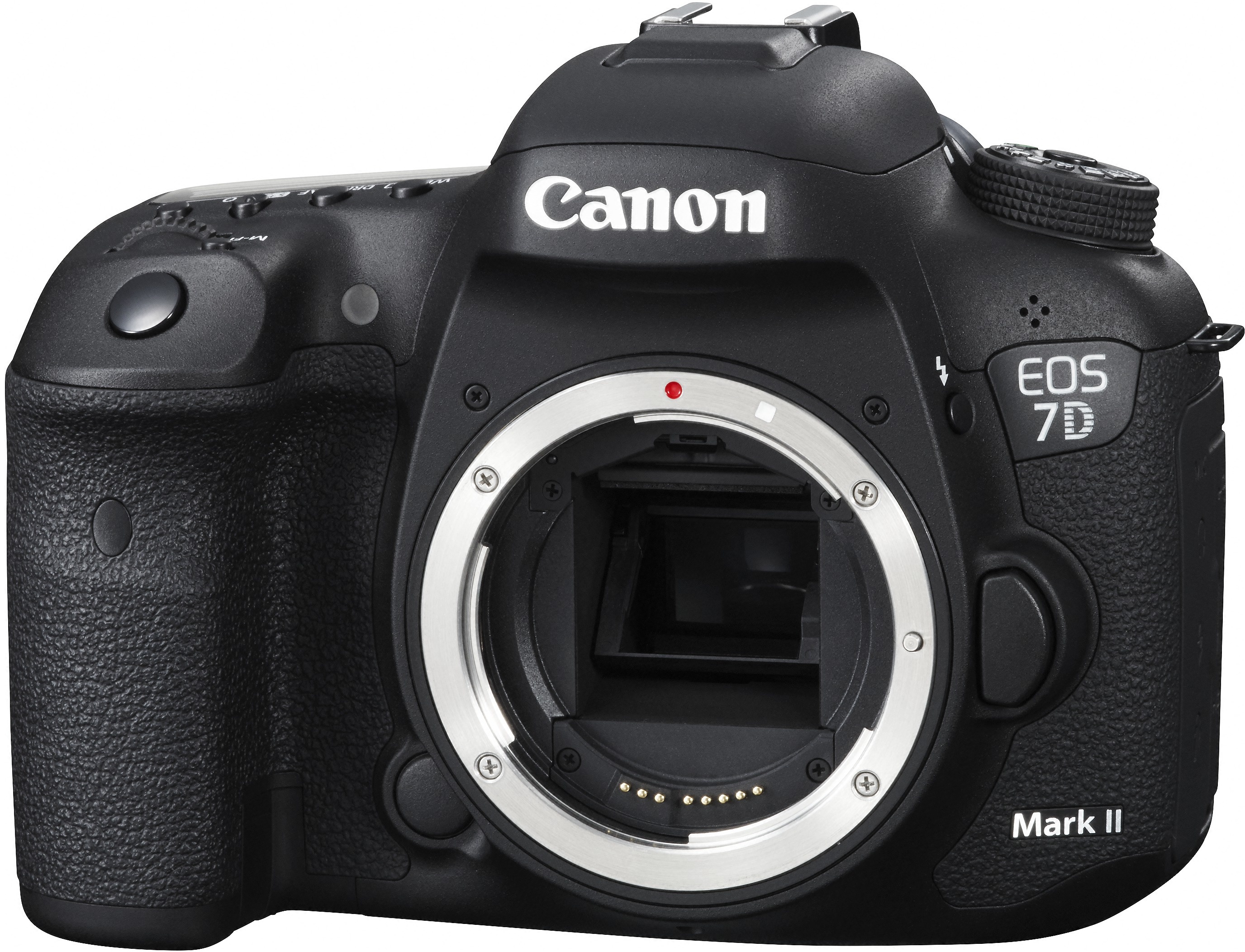

They are the only two bodies in this group with the sealing groove that circles the EF mount (and fits the rubber weather-sealing ring found on the mount of some EF-L lenses).

These two cameras seemingly have the strongest chassis design (except for the plastic flash cover on top of the 7D Mark 2 viewfinder) and highest levels of weather-sealing.

The 5D Mark 4 ought to be the toughest of these cameras, along with the 7D Mark 2. It can be bought on the used-camera market for much less than some of the other cameras in the group. Many photographers have owned them, so it makes a good reference to the newer cameras. We included the 5D Mark 3 even though it is discontinued, for a number of reasons. The best camera for you may be the one that excels in whatever aspect of the camera function and features are most important to you. The key capabilities vary somewhat due to their specification as well as their age, and that can mean that sometimes it is not always the most expensive model or the newest that may excel in certain things. The newest camera in this group is the 6D Mark 2, followed by the 5D Mark 4, the 80D, the 7D Mark 2 and the discontinued 5D Mark 3. At the same time, amongst this group of cameras there are many similarities and feature overlap. That approach doesn’t make much sense as these camera bodies differ quite radically in their market prices, with the 5D Mk4 costing between two and three times as much as the 80D.

It is not our aim to directly compare these cameras with the aim of choosing one overall winner at the end. These can be important considerations when choosing a second body. We have done a dedicated post on the EOS 5D SR and using it for wildlife photography, here.Īnother reason for writing this post, is to give wildlife photographers who like to work with two camera bodies, some idea of how one body works when shot side by side with another Canon body. The only reason that we did not include this camera in the comparison was that we did not have a 5D SR in our hands whilst we where putting the post together. Another mid-range Canon body which offers class-leading resolution and lots more, is the 5D SR. For this post, we have chosen to line up the 5D Mark 4, 6D Mark 2, 7D Mark 2, 80D and the discontinued 5D Mark 3 and describe how they work, for our kind of wildlife photography, with reference to one another. All five are cheaper, lighter and smaller than the 1DX series.
CANON 7D REVIEW 2018 PLUS
That situation has changed for the good, in our opinion, and today there are four current “mid-range” camera bodies plus one recently discontinued, all of which we consider to be good enough for high-quality wildlife photography. Let's look at how the size of the Canon 700D's APS-C sensor compares with other standard sensor sizes.It wasn’t that long ago, when it seemed that if you wanted a seriously good Canon camera for wildlife you where limited to perhaps the 1D series. You can find the details of their analysis of Canon 700D here. Canon 700D sensor has been tested by DxO Mark and got an overall score of 61 for its image quality. Check the comparison of Canon 700D vs Canon M6 MII or take a look at Highest resolution DSLR cameras list.ĭxOMark is a benchmark that scientifically assesses image quality of camera sensors. Canon M6 MII with its 33.0MP sensor is leading in this class.
CANON 7D REVIEW 2018 ISO
700D has a native ISO range of 100 - 12800 and it can save files in RAW format which gives you a wider room for post processing.Ĭanon 700D is not the highest resolution APS-C camera. You can shoot at maximum resolution of 5184 x 3456 pixels with aspect ratios of 1:1, 4:3, 3:2 and 16:9. Canon 700D has a 18.0MP APS-C (22.3 x 14.9 mm ) sized CMOS sensor and features Digic 5 processor.


 0 kommentar(er)
0 kommentar(er)
